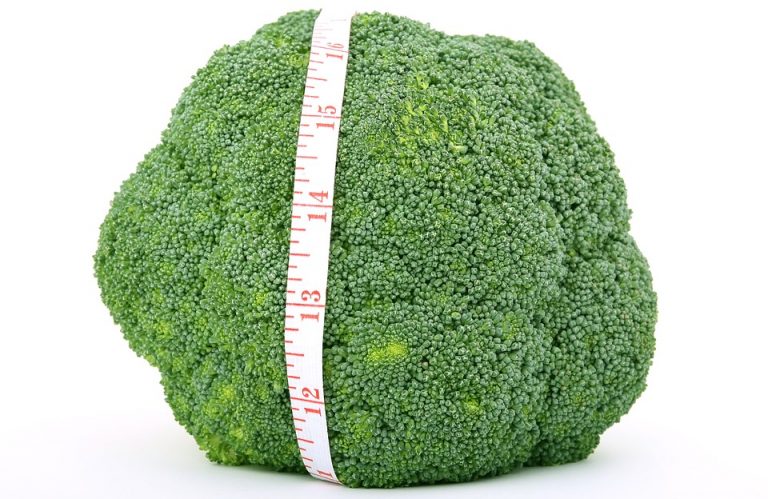An Italian study from 2012 shows that broccoli, cauliflower and other brassica vegetables support the growth and maintenance of muscle mass thanks to the protection of stem cells, which turn into muscle cells. Sulforaphane is responsible for this protection.
In the same year, molecular scientists from the university in Bonn showed, that sulforaphane deactivates myostatin in satellite cells, so it seems to have anabolic properties.
Myostatin, also called the growth factor and differentiation GDF8, belongs to the transforming growth factors TGF-β. It’s a negative musculoskeletal growth regulator, which means, that it prevents the overgrowth of muscle tissue. It also inhibits the skeletal muscle regeneration by weakening the activation and lymphocyte cell proliferation (satellite cells) and the migration of macrophages and myoblasts to the site of injury.
Scientists from Bonn set porcine satellite cells on the sulforaphane in test tubes, using a concentration of 5, 10 and 15 micromoles and observed, that the lowest dosage of sulforaphane increases the lifespan of cells and decreased the lifespan of protein apoptosis, such as caspase-3 and caspase-9. This effect is the complete opposite to the one sulforaphane has on cancer cells (then sulforaphane decreases the lifespan of cancer cells and activates the apoptosis).
Sulforaphane dramatically decreased the production of myostatin in satellite cells. Scientists weren’t sure why that happens, they checked if sulforaphane didn’t increase follistatin, a protein that deactivates myostatin, but it turned out that that didn’t take place. Studies carried out on animal cells in vitro is only the first step in the studies about sulforaphane. However, scientists are really hopeful towards this:
This new found, pharmacological, biological activity of sulforaphane in satellite cells can allow a new approach to the weakening of the signalling myostatin pathway, both in treating diseases of human skeletal muscle and in the improvement of livestock production.
Studies confirm that the love bodybuilders and other athletes have for broccoli and cauliflower has its grounds, and those vegetables should be the permanent element of an athlete’s diet.
Interestingly, cruciferous vegetables actually don’t contain sulforaphane. They do, however, contain glucosinolates, compounds that in the shredding, and then the chewing process, transform into isothiocyanates such as sulforaphane.
Research: Sulforaphane causes a major epigenetic repression of myostatin in porcine satellite cells. Fan H, Zhang R, Tesfaye D, Tholen E, Looft C, Hölker M, Schellander K, Cinar MU. Epigenetics. 2012 Dec 1;7(12):1379-90. doi: 10.4161/epi.22609. Epub 2012 Oct 23. PMID: 23092945 (link).







2 Comments